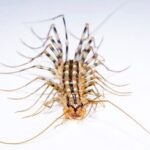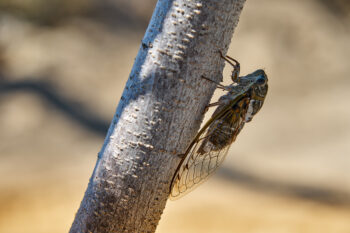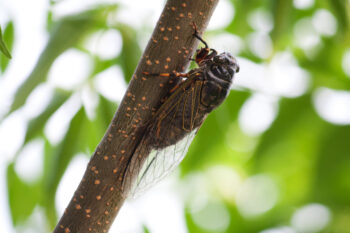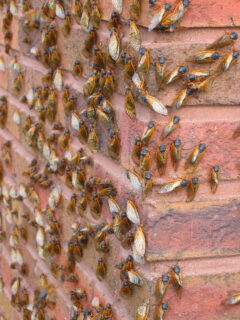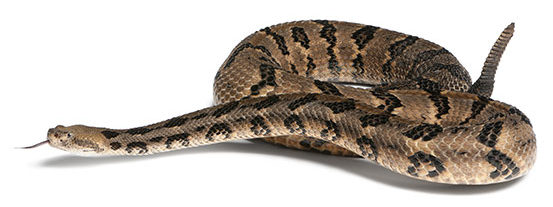
In the animal world, there are the real deal and a lot of mimics. To avoid being a meal for a predator, organisms have a few tricks up their sleeves. These tricks involve mimicry. They have evolved to look like something they are not. In the case of snakes, that means mimics looks like venomous snakes so that people and animals leave them alone. In this blog, we discuss how to tell the difference between snake species. It is not advised that you handle—leave the snake handling to the professionals.
The Venomous Snakes
There are four families of venomous snakes in the US.
Copperheads, cottonmouth, coral snakes and rattlesnakes are the venomous snakes that exist around the nation. Pit vipers, including rattlesnakes, copperhead and cottonmouths (also called water moccasins), all have a diamond shaped heads; however, many of the mimics also cause their head to form the diamond shape.
A good example of a mimic is the very harmless gopher snake. These snakes will bite you before asking questions. They are such good mimics that many cannot tell them apart from rattlesnakes. They do not have a rattle, but they use the tip of their tail to make a rattle sound by tapping it on dry leaves. They also coil up and make their head look very diamond-shaped. This defense works so well that people leave them alone.
The takeaway is that when you see a diamond shaped head, leave it alone. While this is a sign of pit vipers, it is not a fast and steady rule.
The Coral Snake
The coral snake, has bands of color which are warning colors. In nature, animals that have red, yellow, bright blue and other flashy colors are present as a warning to everything that may encounter them. Think about a rattlesnake—the rattlers blend into their habitat. They are shy snakes, and they hunt by camouflage and stealth. They do not have warning colors. The coral snake not only has warning colors, it has a very clever fan. The king snake has a very similar banding pattern to the coral snake. The king snake is a mimic, and it is non-venomous. So how do you tell the two apart? You have to look at the banding pattern. Coral snakes and king snakes have black, yellow and red banding. If the red bands touch the yellow bands, then it is a coral snake. It is remembered by the rhyme “if red touches yellow, you’re a deadly fellow.” Oddly, the non-venomous king snake eats rattlesnakes. This is a good lesson for why professionals should handle all of your snake removal project — snakes basically do us all a huge service, even if they are venomous.
Constrictors
In states with warmer weather including Florida, pet snakes have found freedom and are thriving in the forests and swamps. Constrictors, such as the boa constrictor, kill their prey by suffocation. They are not venomous, but their bite is quite painful. Boas will strike first and then assess the situation. Native constrictors include the rubber boa, which is a small snake. One way to tell a venomous snake from a non-venomous snake is to look at the snake’s eyes. Round pupils indicate a non-venomous snake, whereas vertical slit pupils usually mean the snake has venom. This is not always true, especially when the snake is shedding its skin. The shed-process causes the eyes of some species to become clouded, and the snake does not see all that well.
There are a couple rules of thumbs that will further help identify if a snake is venomous; but remember, there are always exceptions to the rule. If a snake’s scales are dull, it is most likely venomous. The coral snake is one of the exceptions. Also, the scales of venomous snakes are larger and more pronounced. Another factor is size. If a snake is “fat” for its length, it’s probably venomous.
If you see a snake on your property, call an expert to assist with removal even if you suspect the snake is non-venomous. The trained experts at Bug Out can remove the snake and ensure your property is safe.


